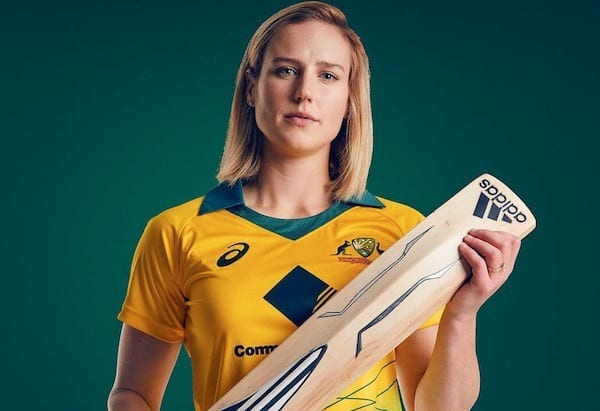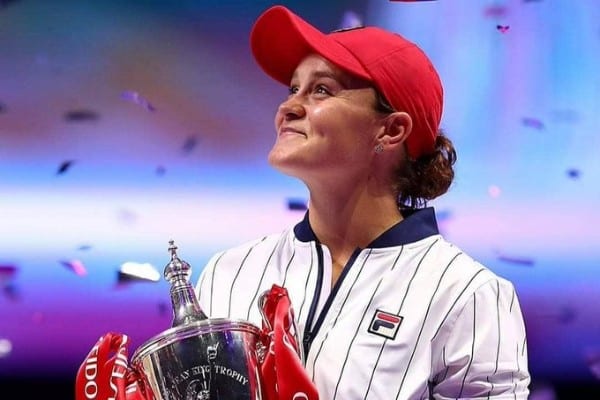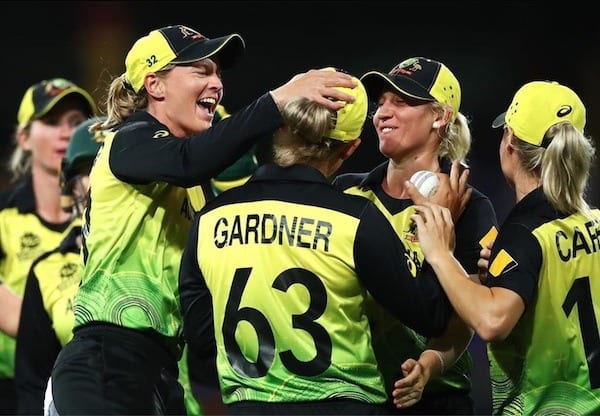90,185. That’s the number to beat when Australia plays India at this Sunday’s women’s cricket Twenty20 World Cup final in Melbourne.
That’s not runs, of course, but fans through the gates with tournament organisers hoping to fill the MCG and break the crowd record for a women’s sport event.
Not since 1999, at the women’s football World Cup final between the US and China in California, have such numbers turned out to watch women’s sport.
***********
Get the latest updates for women in sport. Sign up to our weekly Sporty Wrap.
***********
Can it be done? With the Twenty20 final scheduled for International Women’s Day, and the Australian women chasing a fifth World Cup victory, the rise of women’s sport should give us hope for a big turnout.
Our national football team, the Matildas, are currently ranked 7th of 155 in the world. Its top players are in high demand and playing in leading European leagues. The introduction of the AFLW league has been hugely successful, regularly attracting live TV audiences of up to 250,000 and expanding the 2020 season with four new teams.
Women elite athletes are outstanding role models
While people used to struggle naming women athletes, nowadays tennis star Ash Barty, cricketer Ellyse Perry, footballer Sam Kerr and surfer Sally Fitzgibbons, to name a few, have become household names.

Not only are they at the top of their game, they are admired and respected. They show passion for their sport, and are articulate and authentic. And they give back to their communities, with Ash Barty’s coaching clinics for Indigenous children a prime example.
More women hold sport governance roles
Women’s representation on boards of national sport organisations has increased from 22.3 per cent in 2010 (Sydney Scoreboard) to 39.5 per cent in 2018 (Sport Australia).
A seat at the decision-making table is crucial. Why? It’s simply democratic when all stakeholders in a sport, both men and women, are represented on the board. What’s more, research shows that gender diversity on boards enhances the performance of both the board and the organisation.
The 2019 AFL Grand Final was won by Richmond whose president is Peggy O’Neal, the first woman to serve in this position at an AFL club. I rest my case.
Increased media coverage and visibility for women athletes
Jacquelin Magnay, a woman pioneer in sport journalism, once told me it’s the responsibility of both male and female journalists to cover women’s sport. She’s right, of course, but the increasing number of astute, insightful women writing, broadcasting and commenting on sport has enhanced the visibility of women athletes generally.
Take Lisa Sthalekar, a former Australian cricket all-rounder and World Cup winner, whose intimate knowledge of the game and its players enriches her media work. Or Georgina Robinson, chief rugby reporter for The Sydney Morning Herald, who recently tackled a critical issue for women elite athletes – returning to their sport after childbirth.
Pay for women elite athletes has greatly improved
Three decades ago, women playing in national leagues were unpaid, and often juggled elite performance and training with full-time employment.
Now women playing at national and international level, in sports including netball, cricket and football, can make a living from their sport.
Cricket Australia pays its top women cricketers about $300,000 including match payments, while the minimum wage for a nationally contracted player is about $80,000.
In November 2019, Football Federation Australia announced a landmark collective bargaining agreement that addressed the pay gap between the national teams, the Matildas and Socceroos. While more work needs to be done to achieve pay parity, it’s moving in the right direction.

Women’s sport has become a global phenomenon
The opportunities for women and girls to participate in sport have improved around the world, from rugby in Fiji to weightlifting in Malaysia to Gaelic football in Ireland. Fans – women and men – are embracing women’s sport. Last year’s football World Cup in France was a celebration of women’s sport globally with stadiums packed to the rafters and record TV audiences watching every goal.
Women’s sport gives us much to celebrate on International Women’s Day. Let’s get out and break that record at the MCG.
Dr Johanna Adriaanse is an expert in sport, women and gender equality at UTS Business School. She received a ‘Her Sport Her Way Trailblazer Award’ from the NSW Government this week in recognition of her exceptional achievements for more than 25 years in advancing women’s sport at national and international level.


